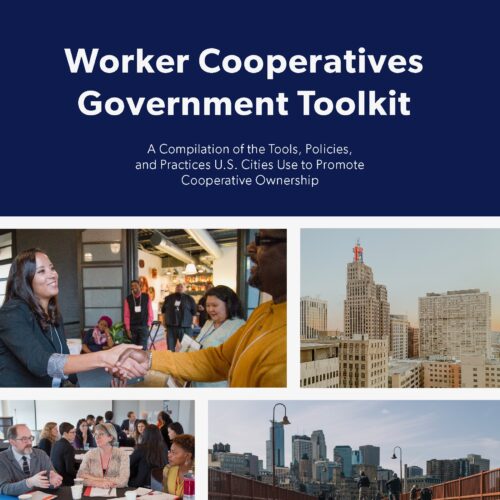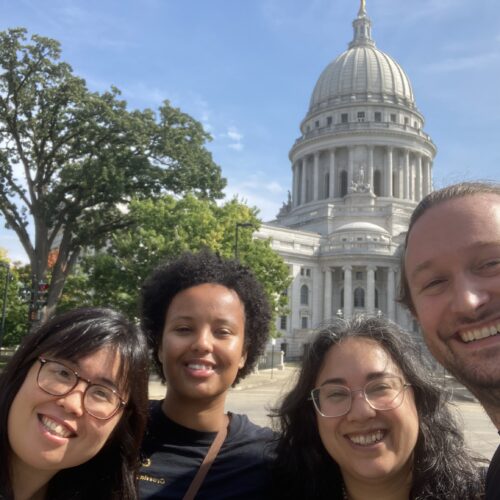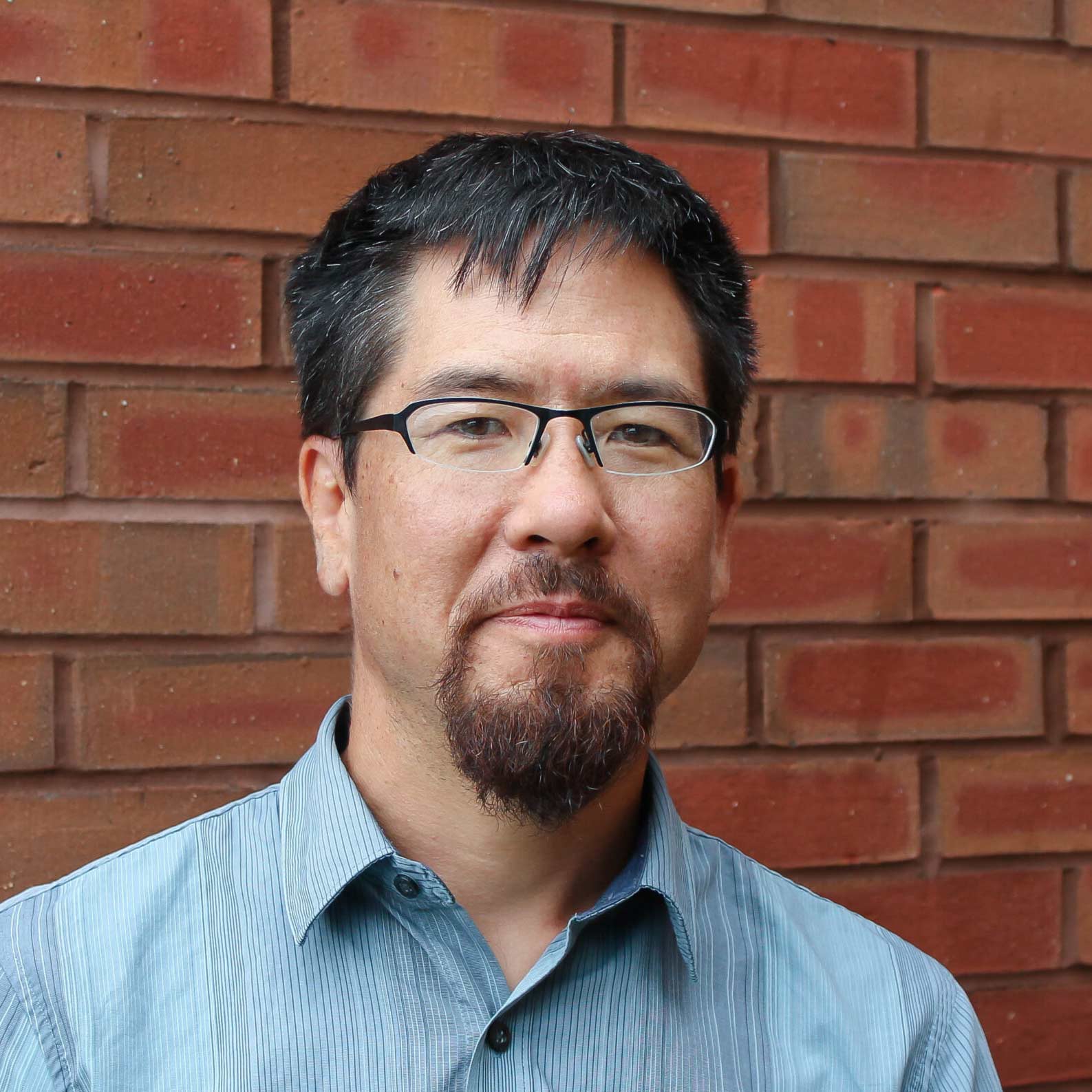Frequently Asked Questions
Nexus is proud to have been selected to administer the LOCAL Fund, which comprises two cooperative development programs: Worker Ownership and Community Ownership.
The LOCAL Fund: Worker Ownership (WO) supports the development of worker cooperatives while The LOCAL Fund: Community Ownership (CO) supports the development of shared ownership commercial real-estate in the City of Saint Paul.
This fund was launched by the City of Saint Paul in 2024 and will continue through 2026.
General
To start your application, please fill out the Shared Ownership Center’s Inquiry Form.
The form gauges where your business, worker-owned cooperative, or community ownership entity are in the cooperative development process—from starting up to finalizing— and asks about your interest in the LOCAL Fund.
The Shared Ownership Center will review your response, and follow up with you about eligibility for the LOCAL Fund. If you are eligible, you will receive an invitation to apply to the LOCAL Fund.
The LOCAL Fund is open now. Applications will be accepted on a rolling basis until September 1, 2026.
Yes. The first step in the application process is completing the Shared Ownership Center’s Inquiry Form. After submission, if your business, worker-owned cooperative, or community ownership entity are eligible for the LOCAL Fund, you will receive an invitation to apply.
The LOCAL Fund application process can take anywhere from 3-6 months, from the initial inquiry through finalizing and submitting an application to receiving a grant.
Prior to being able to submit a complete application, a worker-owned cooperative or community ownership entities may need additional technical assistance.
On average, technical assistance for a worker-owned cooperative start-up takes 18 to 24 months. Technical assistance for an existing business to transition to a worker-owned cooperative generally takes about 12 to 18 months.
Technical assistance for starting a community ownership entity, like a real estate investment cooperative, roughly takes about 18 to 24 months. The actual time it takes varies based on each community ownership entity’s unique situation.
Small business owners qualify in three ways:
- The small business is owned by one or more partners, and the business wishes to transition to a worker-owned cooperative. Additionally, the business must be located in a Qualified Census Tract (QCT) OR qualify as a Small Disadvantaged Business (SDB).
- The business is already a worker-owned cooperative and is located in a QCT, OR qualifies as a SDB and wishes to expand their work.
- The business is an existing worker-owned cooperative and was negatively impacted by the COVID-19 pandemic. The business must have been operational for at least two years prior to submitting an application.
Qualified Census Tracts (QCTs) are census tracts designated by the Secretary of Housing and Urban Development where:
- At least 50% or more of households have incomes that are less than 60% of the Area Median Income (AMI), or
- The poverty rate is at least 25%.
For the Minneapolis-Saint Paul metropolitan area in 2024, the Area Median Income (AMI) for a household family of four, defined as two adults and two children, was $124,200. For a household of one adult with zero children, the 2024 AMI was $86,950. The 2024 federal poverty guidelines for a family of four was $31,200, and for one adult it was $15,060.
This means that a 2024 QCT in the City of Saint Paul is designated as such because more than half of all surveyed households generated less than 60% AMI. For a family of four, households generated $74,500 or less; for a single adult household, they generated $52,150 or less. Or the QCT had a poverty rate of at least 25% – meaning at least 25% of the census tract’s households did not generate income that exceeded their household size’s poverty guidelines. So for a household family of four, they generated $31,200 or less to be considered in poverty, for a single adult household they generated $15,060 or less to be considered in poverty.
To find out if your neighborhood or address is located in a Qualified Census Tract (QCT), go to this map and turn on the different QCT filters on the left menu panel. There are filters for QCTs from 2021 to 2025. Depending on your screen size, you may need to turn off other filters to turn on all QCT filters.
Then search for your neighborhood or address by selecting the magnifying glass in the top right corner of the map. It is recommended to search by address, but you can also search by neighborhood or location name.
Now you can see if your neighborhood or address is located in a QCT from 2021 to 2025. A location is eligible if it is in a QCT from any year between 2021 to 2025.
There are also filters for District Council neighborhoods, City Council Wards, and Vacant Commercial Buildings by level classification.
Worker Ownership
To qualify for the LOCAL Fund you must be converting to a worker-owned cooperative, which means all employees would have a path to ownership.
For qualifying worker-owned cooperative start-ups, expansions, and transitions, grant awards are up to $150,000.
For worker-owned cooperatives affected by the COVID-19 pandemic, grant awards are up to $50,000.
To qualify, a business must be:
- 51% or more owned and controlled by one or more disadvantaged persons.
- The disadvantaged person or persons must be socially disadvantaged and economically disadvantaged.
Community Ownership
“Community ownership entities” include but are not limited to: real estate investment cooperatives, commercial tenant cooperatives, community investment trusts, and commercial community land trusts with a focused geographic service in a QCT, and other shared ownership entities as defined by the Shared Ownership Center and approved by the City of Saint Paul.
Please fill out the Inquiry Form with as much information to see if your group qualifies as a community ownership entity.
A start-up community ownership entity does not need to be incorporated to be eligible for subsidized technical assistance, but they will need to be incorporated prior to applying for any LOCAL Fund CO grants.
Yes, a commercial vacant building has to be located in a Qualified Census Tract from the years 2021 – 2025.
To find out if a commercial vacant building is located in a Qualified Census Tract from 2021 – 2025, use our interactive LOCAL Fund map.
Yes, as long as there’s a commercial component, mixed-use development is eligible. For example, a store on the ground floor and apartments above it is eligible for the LOCAL Fund.
No, lots on the City of Saint Paul’s Vacant Lot List do NOT qualify for the LOCAL Fund. To qualify for the LOCAL Fund, it has to be an existing building on the City’s Vacant Building List and located in a QCT.
To find out if a commercial vacant building is on the City of Saint Paul’s Vacant Building List, and is located in a Qualified Census Tract (QCT), use our interactive LOCAL Fund map. You can select the yellow, orange, and red circles for parcel information on the documented commercial vacant buildings. A desktop screen is recommended for best viewing.
The parcel information box will show its parcel identification number, type of building (commercial, residential, etc.), how long it’s been vacant, and link to an expanded parcel information page, Google Maps, and the City’s permit search page.
You can also search for an address in the top right corner of the map using the magnifying glass to see if it’s on the Commercial Vacant Building List.
To see if the vacant commercial building is located in a QCT, go to the left menu panel to turn on the filters for QCTs from 2021 to 2025.
If the vacant building you know of is not on the Commercial Vacant Building list and is completely vacant, it can be added for a fee.
Learn more about the tiered vacant building categories and how that impacts the sale process.
For a vacant commercial building to qualify for the Vacant Building List, it has to be completely vacant. It cannot be partially occupied, for example a strip mall that has some stores open while others are closed, or a mixed-use apartment building with an empty storefront on the ground floor, are not eligible for the LOCAL Fund.
To find out what your neighborhood or address’s city zoning designation is, you can search on this color-coded Zoning Map of the City of Saint Paul.
Search for an address by selecting the magnifying glass in the top right corner and then clicking the area on the map directly.
When you click on the map, an information box will appear showing the zoning designation and linking to the City’s zoning code detailing permissible activities and development.
A desktop screen is recommended for best viewing of the map.
A community ownership entity can receive grant awards up to the following amounts:
- Predevelopment grants up to a maximum of $200,000 (although they are expected to average $50,000) to qualified community-ownership entities to pay for predevelopment costs on an eligible property.
- Grants up to a maximum of $500,000 to qualified real estate investment cooperatives or other qualified community-owned entities to help with acquisition, demolition, renovation, and other qualified expenditures related to an eligible property.






